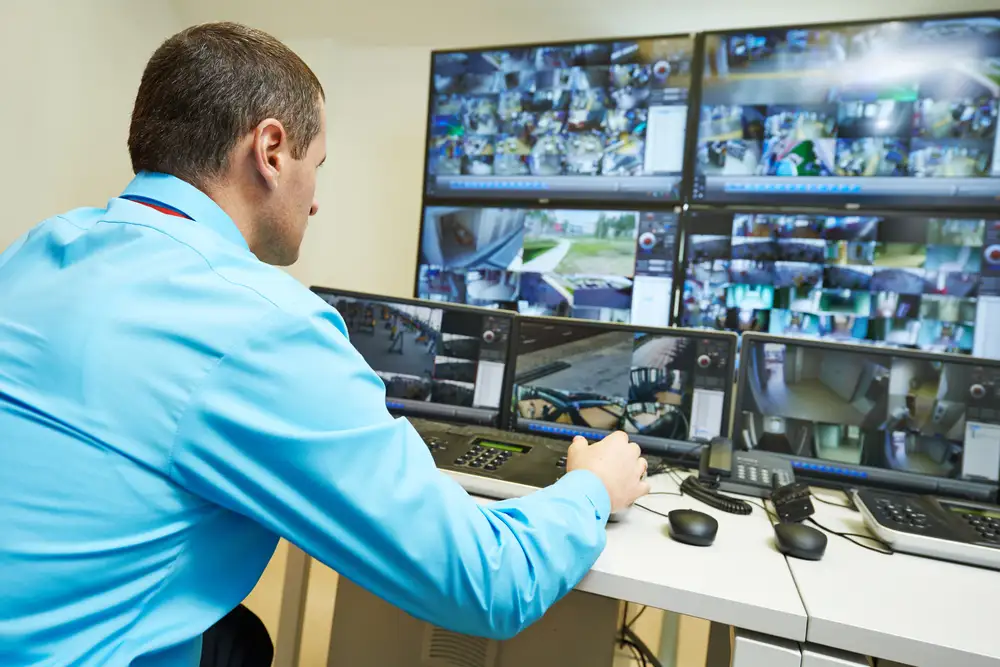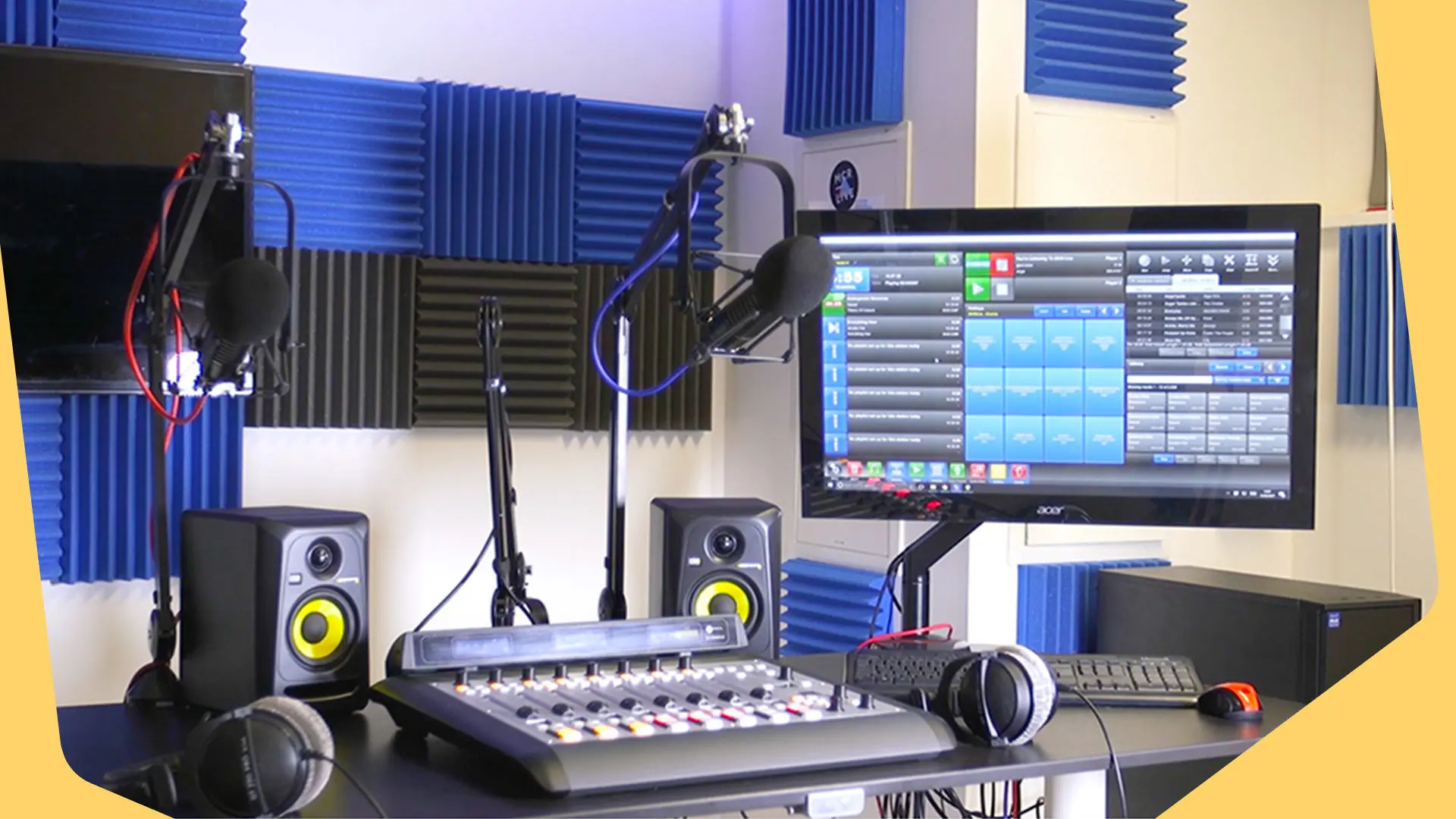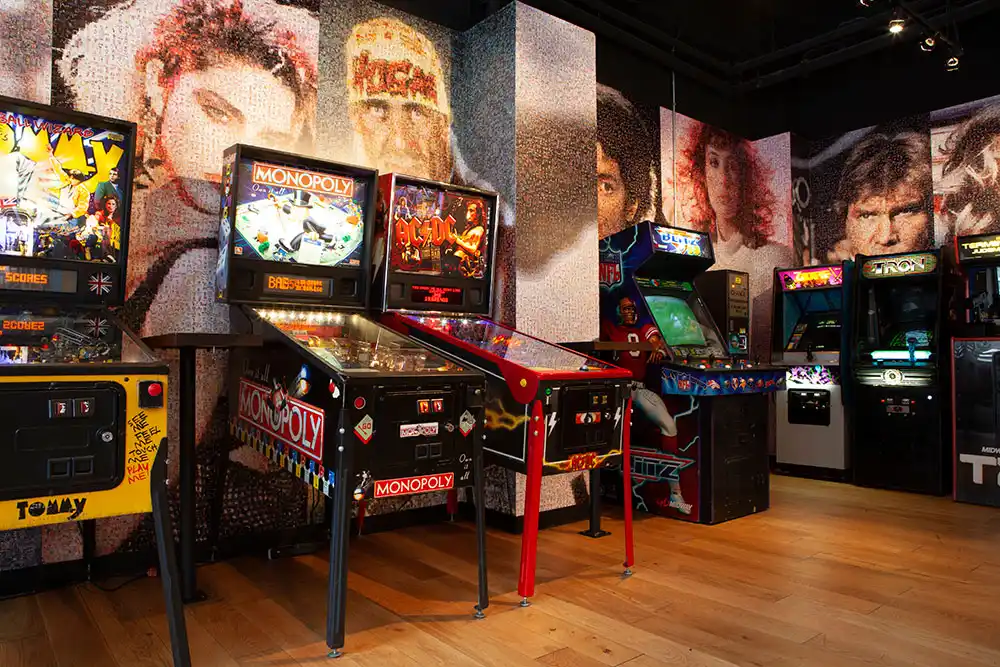Surveillance systems have become an essential aspect of maintaining safety and security in music schools. This article explores the significance of surveillance system fundamentals in enhancing safety measures within these educational institutions. By leveraging surveillance technology, music schools can effectively monitor their premises, identify potential security threats, and take proactive measures to mitigate risks. Understanding the key components and best practices of surveillance systems is crucial for maximizing their effectiveness in safeguarding music school environments. Embracing these advancements ensures the safety of students, staff, and facilities.
Key Takeaways
- Surveillance systems ensure safety and security in music schools.
- High-resolution cameras capture clear and detailed footage, enhancing visibility in classrooms and common areas.
- Surveillance systems monitor premises and deter potential threats, working in conjunction with CCTV cameras, access control systems, and alarms.
- Implementing best practices and maximizing the benefits of surveillance systems require a comprehensive and proactive approach to monitoring and security.
Importance of Surveillance System Fundamentals in Music Schools
Undoubtedly, the surveillance system fundamentals play a crucial role in ensuring the safety and security of music schools. Proper surveillance systems provide a comprehensive overview of the entire school premises, allowing for effective monitoring and detection of any potential threats or unauthorized activities. From the installation of high-quality cameras to the implementation of access control systems, these fundamentals create a safe environment for students, teachers, and staff. By maintaining a constant vigilance, music schools can protect their community and foster a sense of belonging among all stakeholders.

Key Components of an Effective Surveillance System for Music Schools
One of the key components of an effective surveillance system for music schools is the use of high-resolution cameras. These cameras are crucial in capturing clear and detailed footage, ensuring that any incidents or suspicious activities can be easily identified and analyzed. Additionally, high-resolution cameras provide enhanced visibility, allowing for better monitoring of classrooms, rehearsal spaces, and common areas. This helps to create a safer environment for students, faculty, and staff, promoting a sense of belonging and security within the music school community.
Enhancing Safety Measures With Surveillance System Fundamentals
By integrating surveillance system fundamentals with existing safety measures, music schools can significantly enhance the overall security of their premises. Surveillance systems provide an additional layer of protection by monitoring the premises, deterring potential threats, and aiding in the identification of individuals involved in any security incidents. These systems can include CCTV cameras, access control systems, and alarm systems, all working together to ensure the safety of students, faculty, and staff. When combined with other safety measures, surveillance system fundamentals create a comprehensive security plan that instills a sense of belonging and peace of mind within the music school community.
Best Practices for Implementing Surveillance Systems in Music Schools
Implementing surveillance systems in music schools requires careful consideration of best practices to ensure optimal effectiveness and efficiency in enhancing safety and security. To achieve this, music schools should:
- Conduct a thorough assessment of the school’s premises and identify areas that require surveillance coverage, such as entrances, practice rooms, performance spaces, and parking lots.
- Select surveillance cameras and equipment that are specifically designed for music school environments, taking into account factors like low-light performance, audio capabilities, and discreet installation options.
- Develop a comprehensive surveillance policy that outlines the purpose, usage guidelines, and access restrictions for the surveillance system, ensuring compliance with privacy laws and fostering a sense of trust and belonging among students and staff.
Maximizing the Benefits of Surveillance System Fundamentals in Music School Safety
To fully optimize the advantages of surveillance system fundamentals in music school safety, it is essential to implement strategic monitoring techniques. By strategically deploying surveillance cameras in key areas such as entrances, hallways, and practice rooms, music schools can enhance their overall security measures. Monitoring these areas in real-time allows for immediate response to any suspicious activities or potential threats. Moreover, the integration of advanced video analytics software can provide additional benefits, such as facial recognition and behavior analysis, further enhancing the effectiveness of the surveillance system. Ultimately, maximizing the benefits of surveillance system fundamentals in music school safety requires a comprehensive and proactive approach to monitoring and security.
Frequently Asked Questions
What Are the Key Components of an Effective Surveillance System for Music Schools?
An effective surveillance system for music schools should include key components such as high-quality cameras, advanced video analytics software, secure storage systems, and real-time monitoring capabilities to ensure the safety and security of students, staff, and assets.
How Can Surveillance System Fundamentals Enhance Safety Measures in Music Schools?
Surveillance system fundamentals can greatly enhance safety measures in music schools. By providing real-time monitoring, video recording, and access control, these systems enable proactive identification of potential threats and ensure a secure environment for students, staff, and visitors.
What Are the Best Practices for Implementing Surveillance Systems in Music Schools?
The best practices for implementing surveillance systems in music schools include conducting a thorough assessment of the school’s security needs, selecting the appropriate cameras and equipment, ensuring proper installation and maintenance, and ensuring compliance with privacy regulations.
How Can Music Schools Maximize the Benefits of Surveillance System Fundamentals for Safety?
Music schools can maximize the benefits of surveillance system fundamentals for safety by implementing comprehensive monitoring solutions, such as CCTV cameras and access control systems. These technologies can enhance security measures and provide a safer environment for students, staff, and visitors.
Why Is It Important to Have Surveillance System Fundamentals in Music Schools?
Surveillance system fundamentals are crucial for music schools because they provide a comprehensive means of ensuring safety and security. By implementing surveillance systems, music schools can effectively monitor their premises, deter potential threats, and promptly respond to any incidents that may arise.
Conclusion
In conclusion, surveillance system fundamentals play a vital role in enhancing safety measures within music schools. By effectively monitoring premises, identifying security threats, and taking proactive measures, music schools can ensure the safety of their students, staff, and facilities. The key components of an effective surveillance system include cameras, monitoring software, access control systems, and alarm integration. With advancements in surveillance technology, real-time monitoring, video analytics, and remote access capabilities further contribute to a safer and more secure learning environment in music schools.
You may also like to read:
Athletes Acupuncture Recovery Hits the Right Note for Music Success




